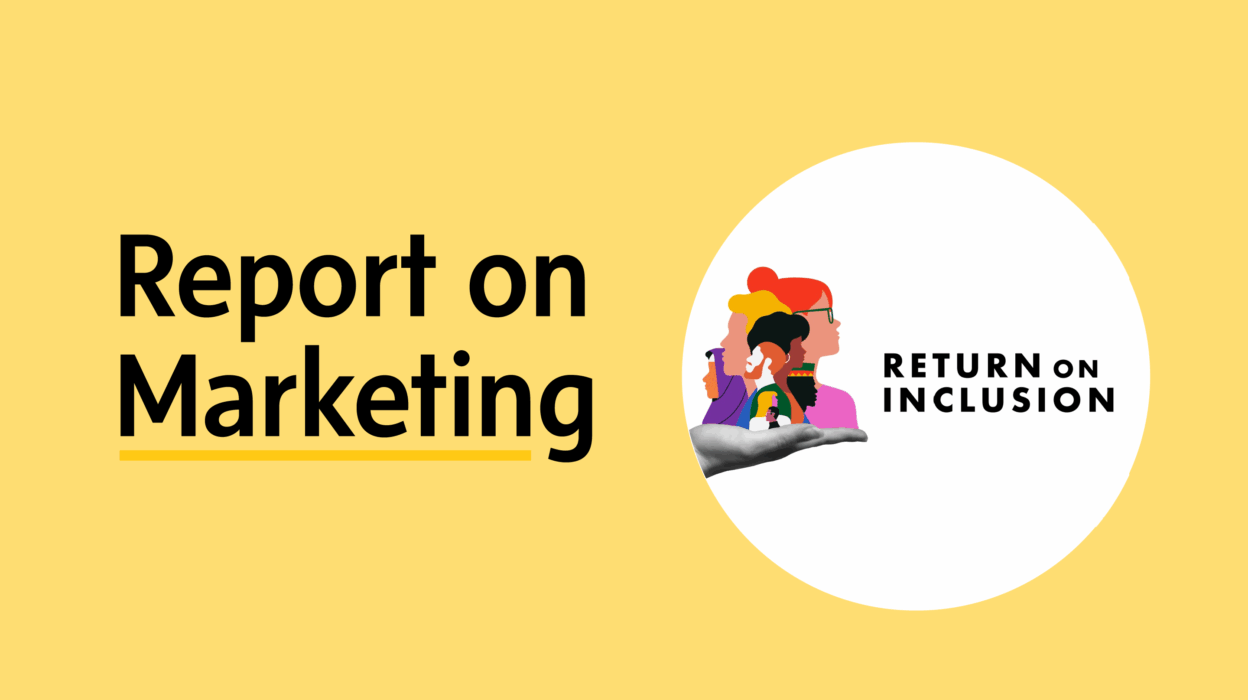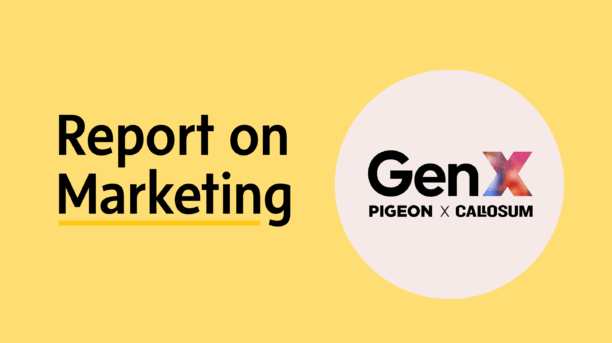Greg Power, President and CEO, Weber Shandwick Canada, and Shipra Chauhan, Senior Vice President – Insights, Weber Shandwick Canada, make the business case for inclusion.
“Once you label me, you negate me.”
Culture warriors have used this approach to derail DEI initiatives they label as “woke” causing some companies to retreat from diverse consumers. But inclusive marketing, ensuring products, campaigns and brand experiences reflect real-world diversity, is a proven growth driver for brands and Canadian businesses.
There are all kinds of good reasons to play it safe for now. But we think the winning play is to leap into the open space created by those who may retreat from openly embracing new Canadians and thereby missing out on new brand advocates.
The return on this strategy isn’t just a good feeling. It’s a Return on Inclusion that can reap big rewards in terms of market share, revenue and long-term stability.
Inclusion is a business imperative driven by dollars
Brands that position inclusion as a feel-good initiative rather than a fundamental business driver, will miss the point, and the profits.
Forward-looking businesses embrace inclusion to future-proof their customer base, to attract top talent to lead their growth, and to drive sales by serving an ever-evolving audience.
Global data shows diversity, fairness and inclusion are now non-negotiable for Gen Z and Millennials when choosing which brands to include when they buy. This is also true for high growth, underserved consumer groups. Together these communities command $3 trillion in global purchasing power – a figure projected to grow to $15 trillion by 20301.
In Canada, multicultural consumers are expected to make up 33 per cent2 of the population by 2031, accounting for $1.7 trillion3 in spending power. Newcomers, who made up 97 per cent4 of Canada’s population growth in 2024, often arrive with expectations that they want to be engaged in more authentic ways.
Failing to connect with these audiences isn’t just a missed opportunity. It’s going AWOL on a company’s future growth. Kantar’s 2024 Brand Inclusion Index shows that brands with inclusive marketing strategies see 3.5 per cent higher short-term sales and 16.5 per cent higher long-term growth5. So yes, the Return on Inclusion is real — and rising.

Brands that think inclusively outperform
Marketers should not confuse the false choice between inclusion and controversy — with the real choice between relevance and obsolescence.
Brands like Sephora and Barbie have made inclusion a core part of their strategy, continuously evolving to reflect and engage a broader audience. By making inclusion the cornerstone of its brand and business, Sephora has unlocked 25% year on year growth in revenue. For Barbie – a brand thought to be out of sync with the modern world – a move to inclusion strategy coincided with a period of significant growth. Barbie revenues increased 63% from 2015 to 2022, and this was all before the boost from the film.
Ontario-based Metrolinx has created bespoke strategies to build passenger traffic with growing multicultural communities. One example is the Diwali GO Train experience that transformed a GO train ride into a south Asian festive celebration. This single moment generated 21 million earned media impressions and increased the uptake of group passes by 31%, providing a major business boost to Metrolinx.
These companies aren’t marketing “DEI.” They’re marketing to the world as it is, representing consumers in ways that reflect how they see themselves.

A Return on Inclusion approach has three drivers
True brand evolution finds and serves audiences who’ve been historically overlooked.
We’ve developed a three-part approach that helps brands advance from tokenism to true inclusion.
- Business Advantage – Shift the marketing focus from the “right thing to do” to the “right thing for the business.” Avoid the empty feel-good initiatives that are sometimes disguised as inclusive marketing and put real inclusion at the center by celebrating what truly resonates with new and different communities.
- Impact Groups – Replace “minority thinking” with a new lens that recasts perceptions of diverse communities as consumers with outsized impact that can supercharge your brand and the business.
- Bold Creativity – Move beyond outdated storytelling based on tokenism to bolder ideas that differentiate the brand through unique approaches that create deep, lasting connections with a new and growing fan base. And bring fresh creative thinking that impresses all audiences.
Brands that take this approach don’t just appear inclusive — they are inclusive, in ways that build loyalty, cultural relevance and bottom-line growth.
The greatest brand risk is playing it too safe
Fear is a powerful demotivator, and an even more powerful distraction.
But brands worried about getting inclusion “wrong” should be equally afraid of being left behind. As journalist Kara Swisher puts it “The opposite of ‘woke’ is asleep. And when it comes to business, it’s much riskier to be asleep to market changes.”
Now is not the time for retreat from diversity and inclusion — it’s a time to act boldly. While others are stepping back, marketers should tune out the political noise and follow the data. And the data is clear: brands can win by earning the Return on Inclusion.
Weber Shandwick is a member of the Institute of Canadian Agencies (ICA). Report on Marketing is where leading Canadian agencies showcase their insights, cutting-edge research and client successes. The Report on Marketing provides a valuable source of thought leadership for Canadian marketers to draw inspiration from. Find more articles like this at the Report on Marketing.
Data Sources:
- GFK Global Consumer Life Report 2023
- Statistique Canada
- LAT Multilingual And Conference Board Of Canada
- Statistique Canada
- Kantar Inclusion Index 2024





